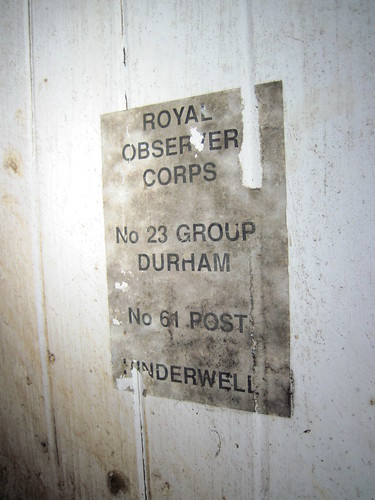I’ve linked to a few of the sites covered, heres the full details
Skelton High Street West (led by Peter Appleton)
When: Wednesday 16th July
Start: 10:30am, outside Skelton Library
Length: 2.5 hours
Skelton High Street divides naturally into an eastern half and a western half at Coniston Road. This walk explores the heritage to be found in the western half on a gentle stroll to the old church tucked away on the edge of the Castle grounds
Panniermans Causeway (led by Marshall Best)
When: Wednesday 23rd July
Start: 10:30am, Loftus Square, outside the Co-op
Length: 4 hours
Panniermen transported coal and wool, along the long trod (flagged paths) from Loftus. This walk is a charming look at these effective transport links.
Obscure Guisborough Railways (led by George Featherston)
When: Wednesday 13th August
Start: 10:30am, Guisborough Forest & Walkway Centre
Length: 5 hours
The Guisborough valley once had two main railway lines and several branches. We’ll explore them and their often swashbuckling history while we enjoy the fine countryside and wildlife.
Scaling Dam & Radar Station (led by Marshall Best)
When: Wednesday 20th August
Start: 10:30am, Scaling Dam Sailing club car park, TS13 4TP
Length: 4 hours
Examining the former site of the RAF Danby Beacon, including the plaque commemorating the date the first enemy aircraft was shot down in Britain in WW2, after being detected by radar at Danby Beacon.
Ironstone Mining Heritage 2 (led by John Roberts)
When: Wednesday 17th September
Start: 10:30am, Bank Top Car Park, Staithes
Length: 3.5 hours
Looking at the Grinkle and Boulby mines, this walk will also reference the active potash mine in Boulby. This walk is entirely within the North York Moors National Park.
Two Mines Circular (led by Peter Appleton)
When: Wednesday 24th September
Start: 10:30am, outside Skelton Library
Length: 4 hours
This walk takes us up the Cleveland Way towards Skelton Green before heading off down Trout Hall Lane past Skelton’s coal mine. We then continue to North Skelton, site of the last ironstone mine to operate in Cleveland (which closed 50 years ago this year!). After a picnic lunch we continue to the site of Longacres ironstone mine before heading back to the library.

 Show on map
Show on map 



















